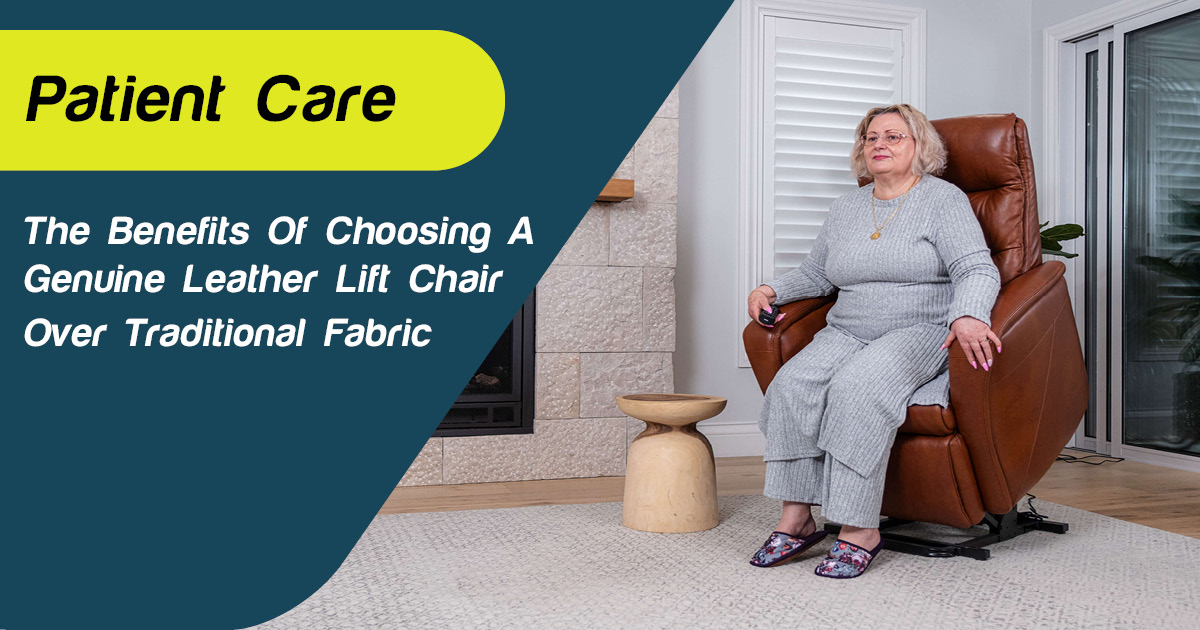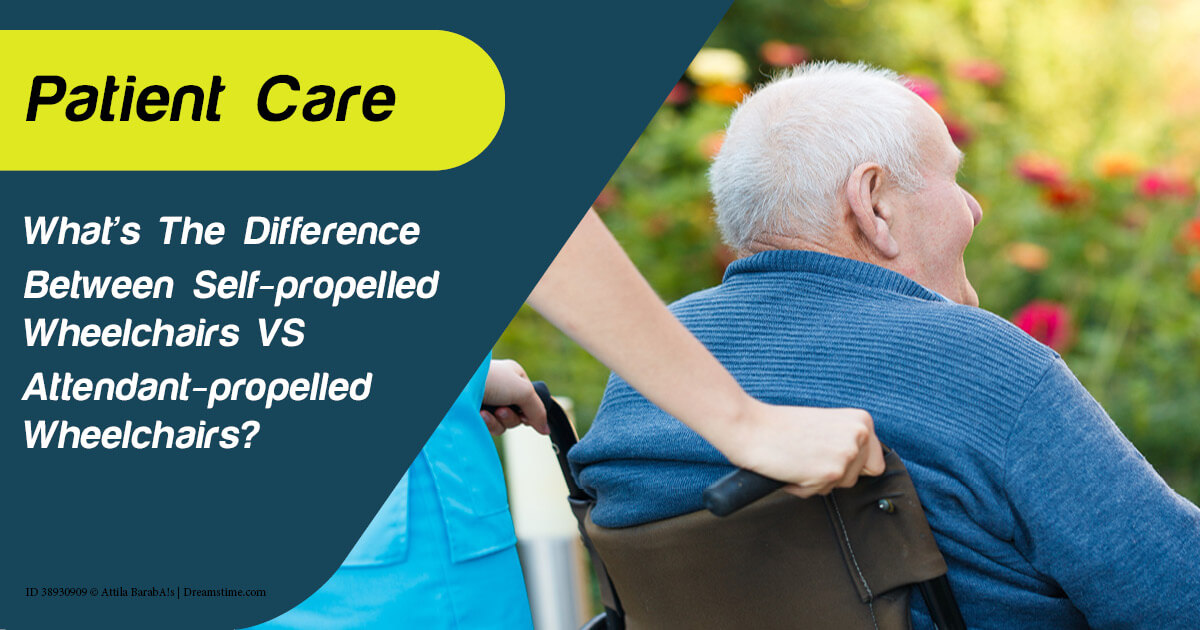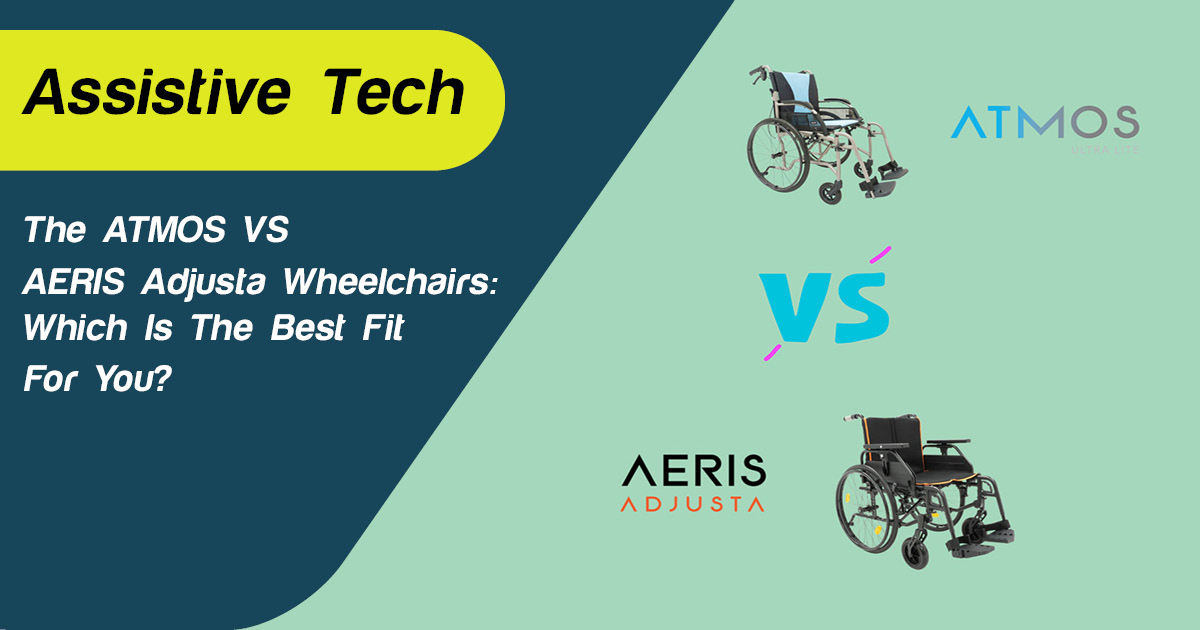
Share
Choosing the right hoist and tracking system for your client ensures safety, comfort, and ease of care. With various hoists and tracking systems available, it’s important to understand their features, benefits, and suitability for different environments.
This guide will help you navigate the options to find the best solution tailored to your client’s specific needs. But first, let’s break down the different hoists available!
Ceiling hoists: efficient & space-saving solutions
Ceiling hoists are an excellent option for clients who need frequent transfers but require a solution that maximises floor space. These systems are ideal for home and care environments, providing a smooth and secure way to transfer individuals between beds, chairs, or bathrooms.
Products like the Luna Fixed Overhead Ceiling Hoist and Luna Portable Overhead Ceiling Hoist offer advanced features such as a high weight capacity and easy-to-use controls. The fixed model is perfect for permanent installations, while the portable option provides flexibility for multiple transfer points within a space.
Ceiling hoists are especially beneficial for clients who require regular assistance, as they reduce the physical strain on support workers and enhance the safety of transfers. The Luna range stands out for its sleek design, reliable performance, and ease of operation, making it a trusted choice for healthcare professionals.
Tracking systems: finding the right fit
Tracking systems are critical to ceiling hoist setups, offering the framework for smooth and efficient transfers. Here are the main types of tracking systems and their benefits:
- Ceiling-mounted tracks: These are fixed directly to the ceiling, providing a stable and permanent solution. Ideal for clients requiring frequent transfers, ceiling-mounted systems save space and can be customised to cover multiple areas, like bedrooms and bathrooms.
- Wall-mounted tracks: These systems are mounted on walls rather than ceilings, making them a practical choice for spaces with structural limitations. Wall-mounted tracks are versatile and can be installed where ceiling installations are impossible. They are a great option for clients who need reliable support without major modifications to the building structure.
- Gantry systems: These portable systems are perfect for temporary or rental spaces where permanent installation is not an option. They offer flexibility and can be easily disassembled and relocated as needed. Free-standing tracks are ideal for short-term care or environments that require adaptable solutions.
The choice of a tracking system will depend on factors like the client’s transfer needs, the available space, and the structural constraints of the environment.
Consulting our team can help ensure the chosen system meets current and future requirements — contact us for expert recommendations!
Floor hoists: versatility & mobility
Floor hoists are a versatile choice for clients who need a mobile lifting solution. These hoists can be moved between rooms and do not require permanent installations, making them a practical option for clients in temporary or dynamic care environments. Many models feature adjustable legs, ergonomic handles, and intuitive controls to ensure safe and comfortable transfers.
Floor hoists are particularly useful in spaces where ceiling tracking may not be feasible due to structural constraints or the need for flexibility. Support workers can benefit from the portability of these hoists, which allows them to provide effective support in different areas of a home or care facility.
When choosing a floor hoist, consider factors such as the client’s weight, level of mobility, and the caregiver’s ability to manoeuvre the equipment effectively.
For added convenience, some floor hoists are designed with foldable frames, making them easy to store when not in use. This feature is especially valuable in environments with limited space.
Standing hoists: encouraging mobility & independence
Standing hoists are designed to support clients with partial weight-bearing abilities. They assist with standing and transfer activities, making them a valuable tool for rehabilitation and promoting independence.
These hoists are equipped with padded knee supports, adjustable leg rests, and ergonomic hand grips to ensure comfort and safety. Standing hoists are particularly beneficial for clients undergoing physical therapy, as they encourage muscle engagement and improve circulation during transfers.
In addition to their therapeutic benefits, standing hoists can simplify daily activities like toileting, dressing, and hygiene routines. They are preferred for clients who require moderate assistance but can participate in their own mobility.
Support workers also benefit from the reduced physical effort required during transfers, making standing hoists an efficient and practical solution. Mechanical assist-to-stand lifters (like the one pictured above) and non-mechanical options, like the Koval, QuickMove, and MoLift Raiser Pro, are also available.
Key considerations when choosing a hoist & tracking system
Client NeedsAssess the client’s mobility level, weight, and transfer frequency to determine the most suitable hoist type. For example, a ceiling hoist may be ideal for clients with limited mobility who require frequent assistance, while a floor hoist may be more practical for temporary needs. |
EnvironmentConsider the space available and whether it supports permanent installations or requires portable solutions. Ceiling-mounted tracks are excellent for long-term use, while free-standing tracks offer flexibility for rental or temporary settings. |
Support Worker UsageChoose equipment with intuitive controls and ergonomic features to reduce physical strain on support workers. Easy-to-use systems improve efficiency and enhance the safety and comfort of transfers. |
Safety & CertificationsEnsure the chosen products meet Australian Standards for safety and reliability. This guarantees that the equipment has been tested and approved for professional care environments. |
Future ProofingWhen selecting a hoist or tracking system, consider the client’s potential future needs. Opting for a versatile and adaptable solution can save time and resources in the long run. |
The importance of seeking professional guidance
Choosing the best hoist and tracking system can be challenging, particularly when considering individual client needs and environmental constraints. Consulting with healthcare professionals like occupational therapists can provide valuable insights and ensure the selected solution is effective and appropriate.
At Active Mobility, we have a team of occupational therapists on board who can help you make the right decision for your client. Contact us for more information or book a showroom appointment to see our products in person and in action.
We also offer occasional training sessions to ensure you and your client can safely operate the equipment. View our training events page and keep an eye out for our next hoist training session!
Enhancing quality of life and mobility with the right equipment
Investing in the right hoist and tracking system can significantly enhance your client’s quality of life. These solutions facilitate safe and efficient transfers and promote independence, comfort, and dignity. By carefully considering your client’s needs, the care environment, and the available options, you can select equipment that makes a lasting positive impact.
Browse through our collection of patient lifting hoists, slings, and tracking systems online for convenient delivery, or book a showroom appointment to connect with our team of occupational therapists today.









